Optimal Timing for Retaining Wall Installation
Retaining walls are essential structures used to hold back soil and prevent erosion, often serving both functional and aesthetic purposes. The optimal time to install a retaining wall depends on various factors including weather conditions, soil moisture levels, and project planning. Proper timing ensures stability, durability, and cost-effectiveness of the installation process.
Spring and early fall are typically the best seasons for installing retaining walls due to moderate weather and soil conditions.
Avoid installation during heavy rain or freezing temperatures, as these can compromise the stability and curing process of the wall.
Dry soil provides better compaction and foundation stability, making periods of dry weather preferable.
Planning ahead for seasons with predictable weather patterns can lead to smoother installation and better results.
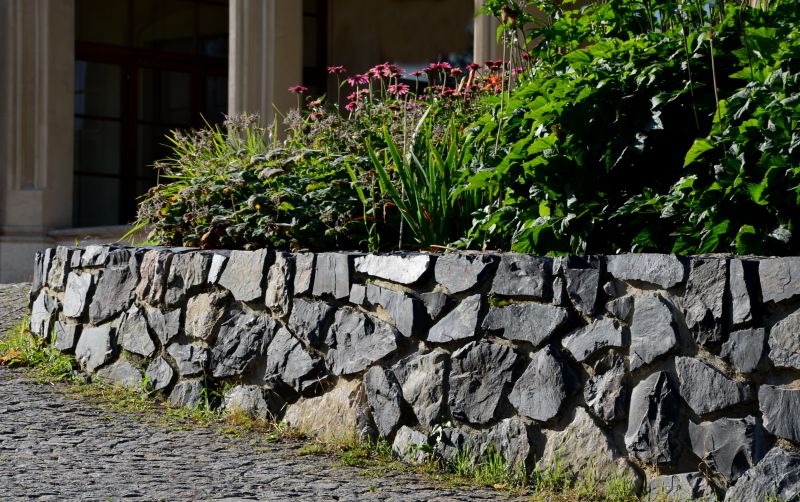
Ways to make Retaining Walls work in tight or awkward layouts.
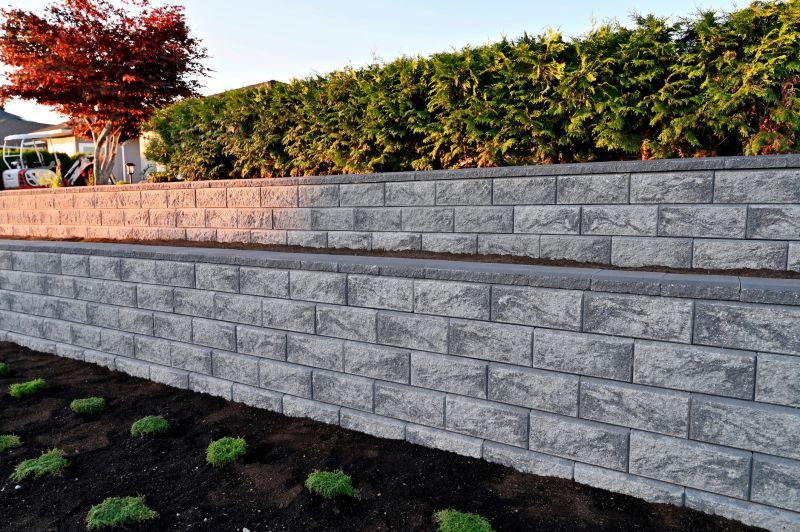
Popular materials for Retaining Walls and why they hold up over time.
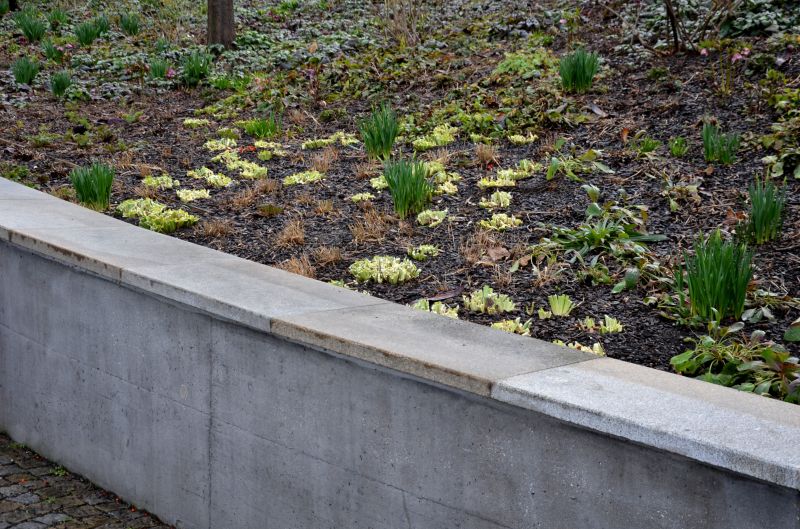
Simple add-ons that improve Retaining Walls without blowing the budget.
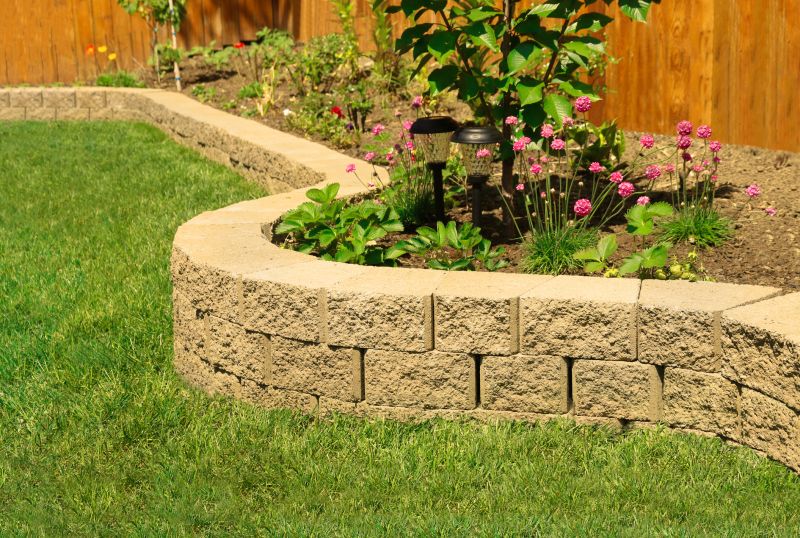
High-end options that actually feel worth it for Retaining Walls.
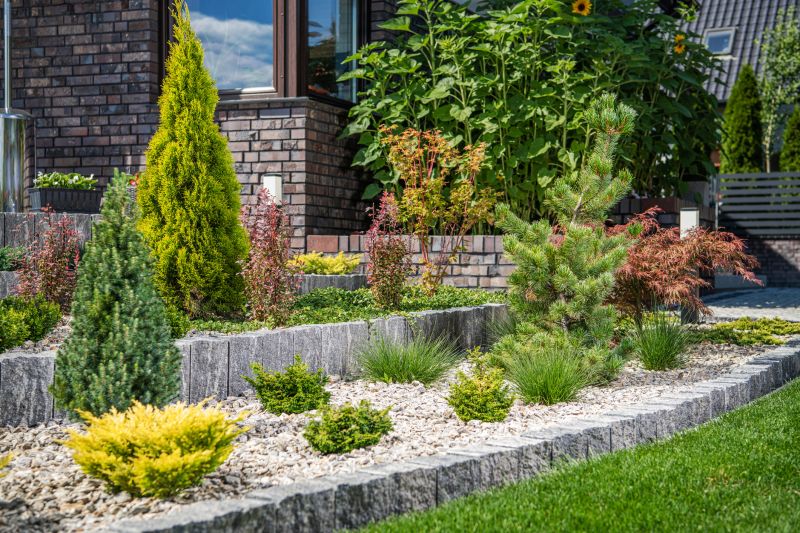
Finishes and colors that play nicely with Retaining Walls.
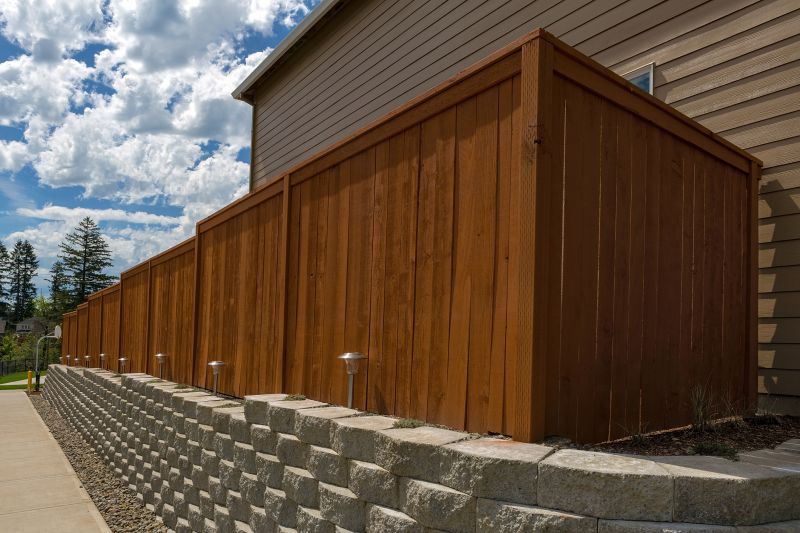
Little measurements that prevent headaches on Retaining Walls day.
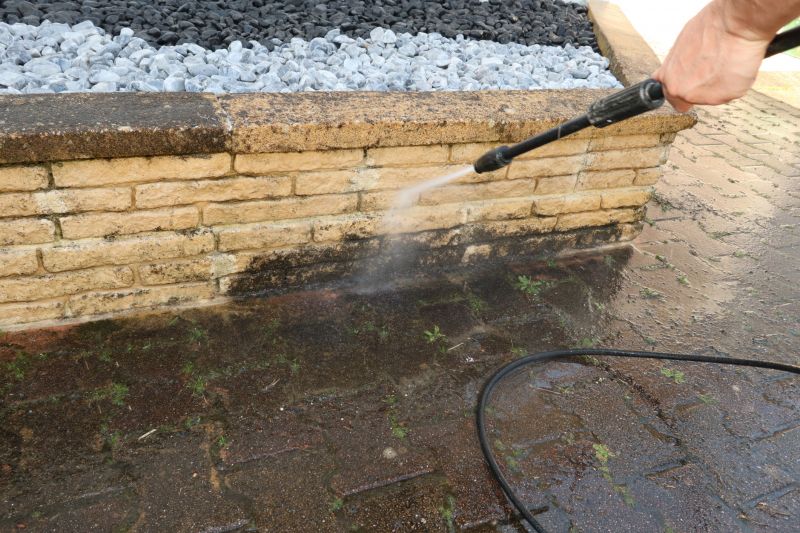
A 60-second routine that keeps Retaining Walls looking new.
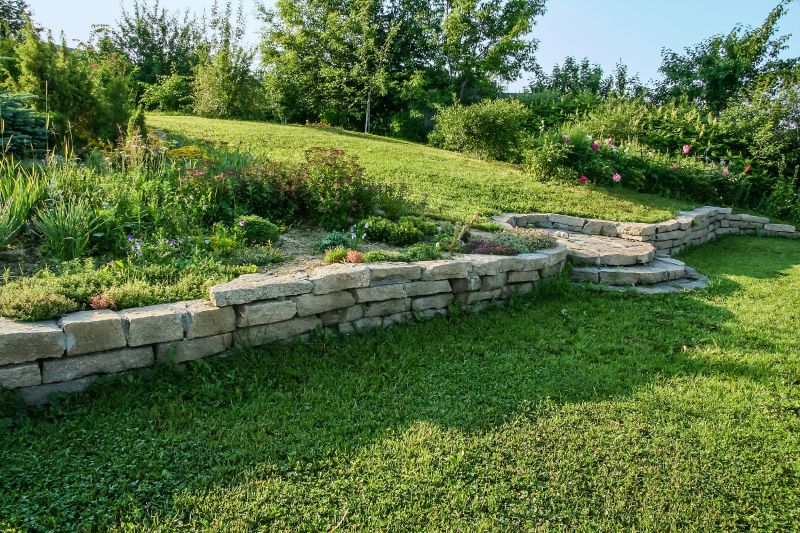
A frequent mistake in Retaining Walls and how to dodge it.
| Season | Optimal Conditions |
|---|---|
| Spring | Moderate temperatures, dry soil, and manageable rainfall |
| Summer | Longer days, dry weather, but avoid extreme heat |
| Fall | Cooler temperatures, dry soil, and stable weather |
| Winter | Not recommended due to freezing temperatures and soil instability |
Retaining walls are engineered structures designed to resist lateral pressure from soil and water. They are constructed using various materials, including concrete, stone, and timber, each offering different advantages. Proper installation involves careful site assessment, foundation preparation, and drainage planning to ensure longevity and stability.

Small tweaks to make Retaining Walls safer and easier to use.

Lower-waste or water-saving choices for Retaining Walls.
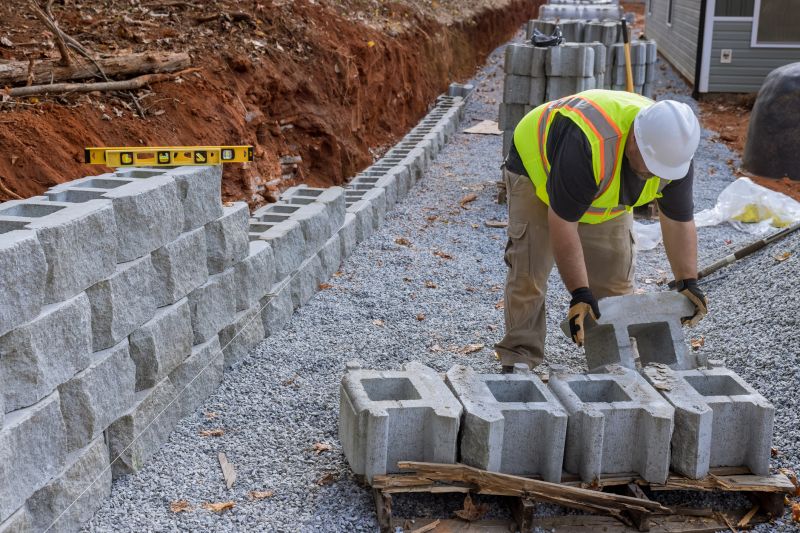
The short, realistic tool list for quality Retaining Walls.

Rough timing from prep to clean-up for Retaining Walls.
Choosing the right time for installing a retaining wall can influence its performance and lifespan. Consulting with a professional can help determine the most suitable season based on local climate and site conditions. Proper planning and timing contribute to structural integrity and aesthetic appeal.
Interested in installing a retaining wall? Fill out the contact form to discuss options and scheduling.
